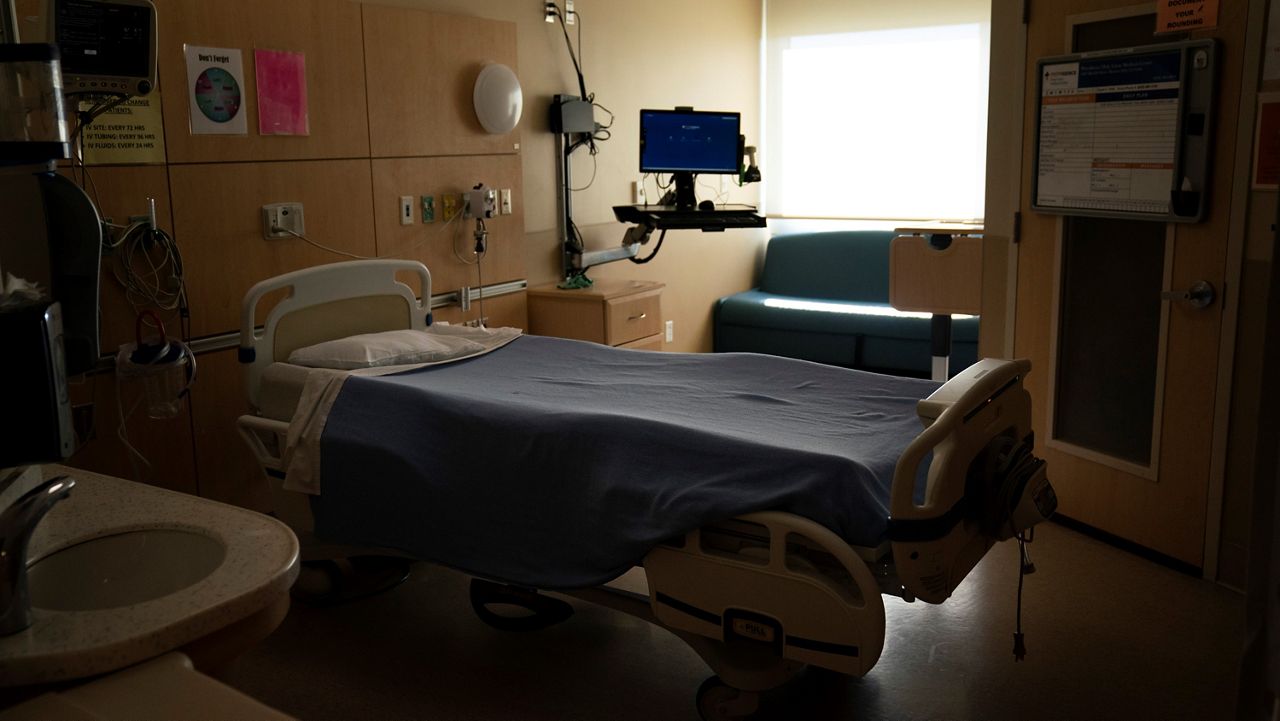CLEVELAND — Research led by the Cleveland Clinic shows specific areas in the U.S. that could be benefitted by colorectal cancer screening promotion for Hispanic/Latino communities.
The study, published in the American Journal of Public Health, aimed to bridge the health care gap and wanted to address disparities in colorectal cancer screening.
The Cleveland Clinic said the Hispanic/Latino population has the lowest colon cancer screening rate compared to other U.S. racial and ethnic groups. Officials said low screening rates often lead to later diagnoses, which could lead to poorer treatment outcomes.
The research identified "hot spots" across the nation where there are larger percentages of Hispanic/Latino populations that are associated with low colon cancer screening rates. It's the first study to conduct a nationwide geographic analysis to identity areas of priority to increase screenings, according to the Cleveland Clinic.
A map of the hot spots can be found by clicking here.
“This approach advances our ability to pinpoint neighborhoods that may benefit from targeted education or intervention programs, taking into account unique characteristics, such as cultural values and language,” said study first author Blake Buchalter, a post-doctoral fellow in Cleveland Clinic Lerner Research Institute, in a release. “The primary objective of this research is to identify key areas where targeted efforts could have the maximum impact on improving colorectal cancer screening among Hispanic and Latino individuals, based on their region or country of origin.”
To get a better understanding of the colorectal cancer screening disparities on a local level, the team analyzed publicly available cancer screening and census databases. The results came in the form of the map of hotspots, which are classified by Hispanic/Latino region or country of origin (Mexico, Puerto Rico, Central/South America, Dominican Republic and Cuba) as reported to the U.S. Census Bureau.
“It’s important to remember that Hispanic/Latino communities are incredibly diverse with respect to many factors, such as ancestry, culture and health behaviors,” said principal investigator and senior study author Stephanie Schmit, vice chair of Genomic Medicine at Cleveland Clinic and acting associate director for Cancer Population Sciences in the Case Comprehensive Cancer Center. “Informed action is impossible without recognizing the diversity and heterogeneity of these communities.”
Moving forward, the researchers hope the study will start conversations around improving access to care in neighborhoods where prevention methods, such as colon cancer screening, aren't as readily available as others.
The research was supported in part by the National Cancer Institute of the National Institutes of Health, according to the Cleveland Clinic.



